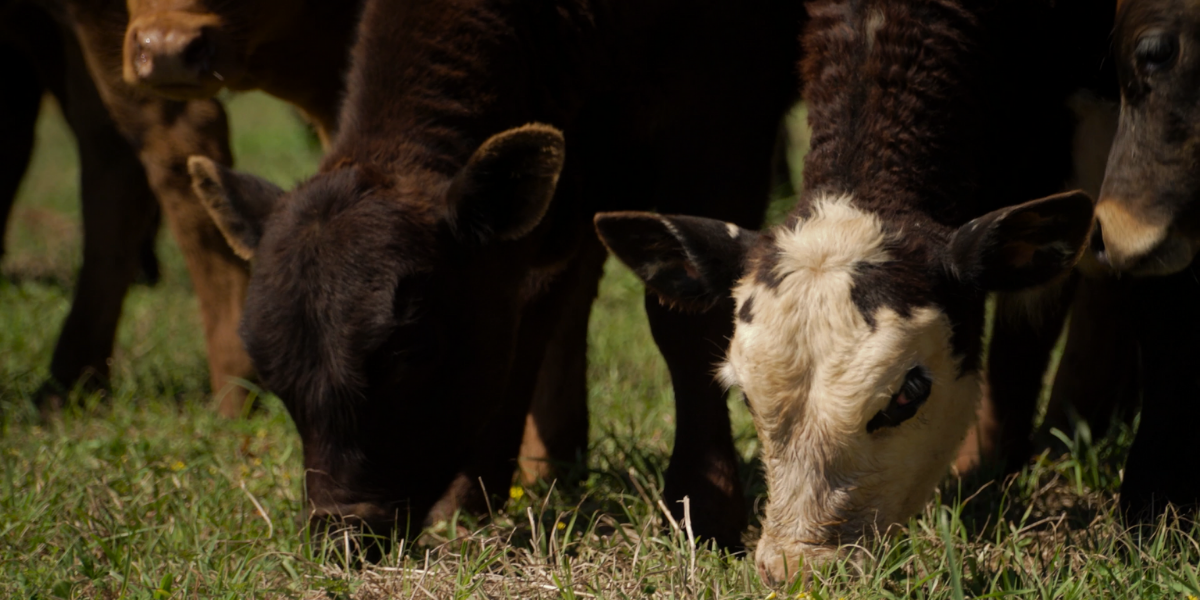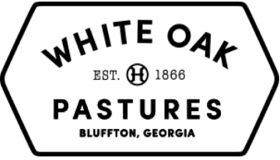
On Monday, March 27th, the Federal Register released this proposal:
"We are proposing to amend the regulations governing the importation of certain animals, meat, and other animal products by allowing, under certain conditions, the importation of fresh (chilled or frozen) beef from Paraguay. Based on the evidence from a risk analysis, we have determined that fresh beef can safely be imported from Paraguay, provided certain conditions are met..."
The USA imports more beef than we export. Our exports are typically the top tier valued choice and prime middle meats and the lower tier priced organs and offal. After these exports are executed, the beef industry is left with an unmarketable product called 50/50 trim, which is 50% fat and 50% muscle meat.
Our beef imports come from all over the world, apparently now including Paraguay. Other countries we import from include, but are certainly not limited to: Brazil, Uruguay, Australia, Namibia, New Zealand, Mexico, Canada, Japan, China, and...the list continues.
The beef we import is mostly lean meat trim, and like 50/50 trim, is really not a marketable product as a stand-alone item. But, when mixed with 50/50 trim, multinational packers can create a product many of us know well: 80/20 or 90/10 ground beef.
Today, thanks to the fact that there is no mandatory "Country of Origin" labeling law, consumers are consuming beef raised and slaughtered in these foreign countries under the guise that it's a product of the USA.
The truth is, these products are FAR from products of the USA; many of the animals used in this meat never drew a breath of American air. So, why does this matter? When you buy a shirt or a pair of pants, you can flip the back tag and see precisely where that garment was made.
Why is our beef any different?
Would you buy beef that was labeled like this?
%20(1).png?width=575&height=288&name=The%20USA%20imports%20more%20beef%20than%20we%20export%20(1200%20%C3%97%20600%20px)%20(1).png)
Then you need to shop meat that is:
- Raised in America
- Slaughtered in America
- Butchered in America
- Vertically Integrated
- Regenerative
- Resilient
It's time to know your farmer.
The best way to take action to make Country of Origin Labeling mandatory is to add your thoughts to the page linked below.


